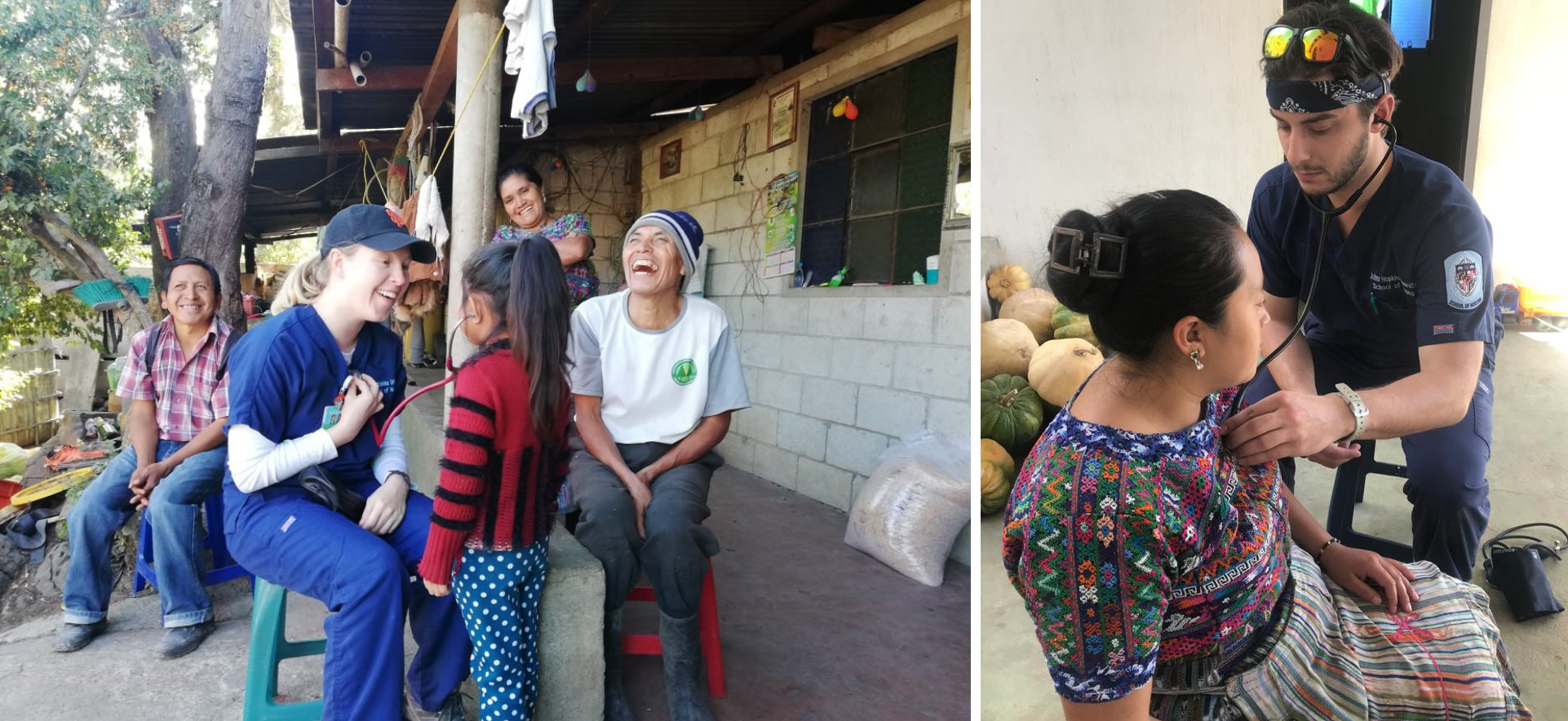Can Nurse Practitioner Students and Medical Residents Be Taught to Collaborate?
by Anthony Pho, Accelerated ‘08
This past summer, I participated in a new pilot curriculum. Three of my nurse practitioner colleagues in the master’s program and I met with five first-year internal medicine residents for some interprofessional education.

Launched through a collaboration between the School of Nursing and the School of Medicine, the Daniels Initiative expands interprofessional educational opportunities for nurses and physicians. The pilot was spearheaded by Kathleen Becker, DNP, CRNP, an assistant professor in the School of Nursing, and Laura Hanyok, MD, an assistant professor in the School of Medicine.
In our first session we identified our assumptions about one another’s professions. Some of the more colorful responses were, from the physicians, “Nurses put up with more than anyone can imagine but they also have the greatest opportunities for bonding and trust with patients,” and from the NPs, “Some doctors don’t respect nurses and NPs: I have heard a doctor say NPs aren’t properly trained and are only around because of the general practitioner shortage.” We discussed our assumptions and came to realize that one sentiment was shared: “MDs and NPs are not familiar with the differences in educational training for each role.”
In the second session we worked in interdisciplinary pairs and were presented with a case study on managing a patient with diabetes. I was pleased to learn that my partner and I were on the same page about the overall work-up of the patient and medication choices. Our perspectives on how to address resources and referrals differed, but in the end we agreed that both perspectives were valid and complementary.
In the final session, we role-played a scenario whereby one participant covers for the other while he or she is on vacation, and a change in drug regimen is made but not communicated. The results were fascinating. I expected my MD partner to be angry with me about changing her original order, so I approached the interaction in an apologetic manner. I was surprised when she politely asked for clarification and revealed that, as a newer provider herself, she might have missed something. She thought I might have more knowledge than she did in making this decision. “An MD assumes an NP knows more about a patient than they do?” I thought: “Preposterous!”
By the end, all the participants agreed that establishing interprofessional education opportunities would bring the professions closer and ultimately result in better patient-centered care. I asked the physicians whether they thought their colleagues would value interprofessional collaboration as part of their med school educations. One of them responded, “I think the people who would most benefit from this type of education aren’t the people who value it.”
Herein lies the challenge of inter-professional education. A solution, I believe, is to integrate collaboration earlier in nursing and medicine curricula, and the Daniels Initiative is a long over-due step in the right direction. I hope it is expanded to reach its neediest beneficiaries.
 Global Service Learning: Guatemala
Global Service Learning: Guatemala Guatemala Re-visited: Rainwater Project Shows Value of Service-learning Trips
Guatemala Re-visited: Rainwater Project Shows Value of Service-learning Trips You’re Welcome
You’re Welcome My First Teachers in Nursing School Weren’t Nurses
My First Teachers in Nursing School Weren’t Nurses Awards for Diversity
Awards for Diversity






